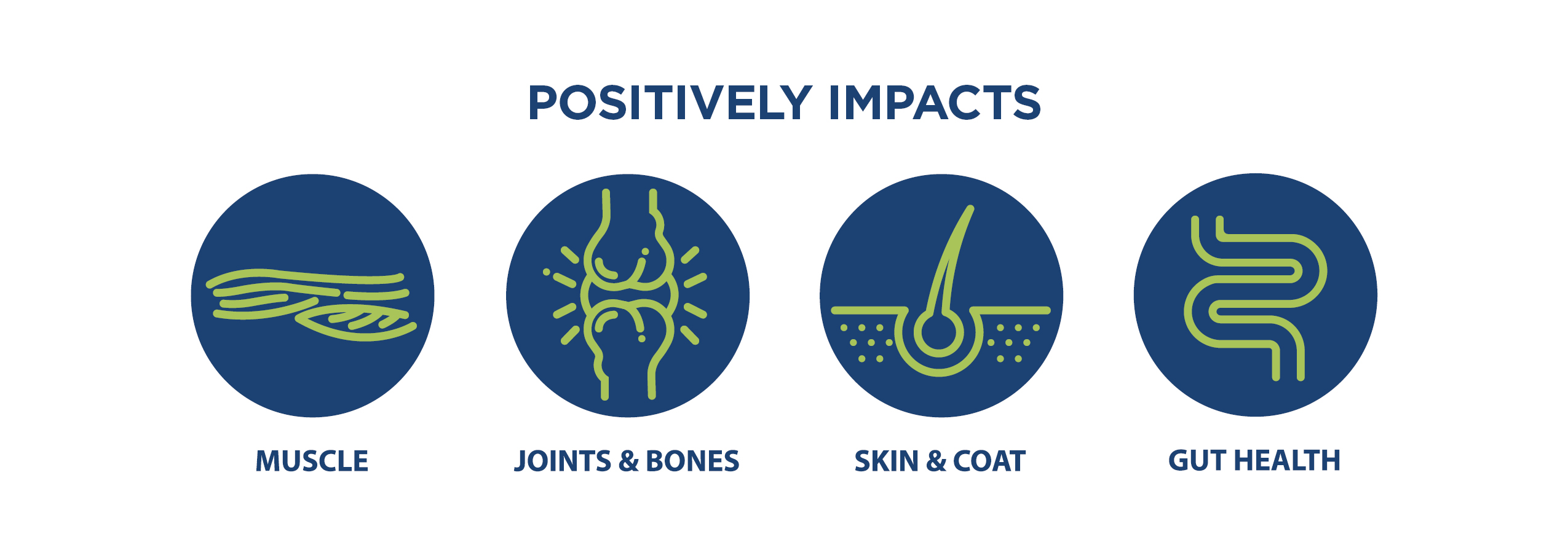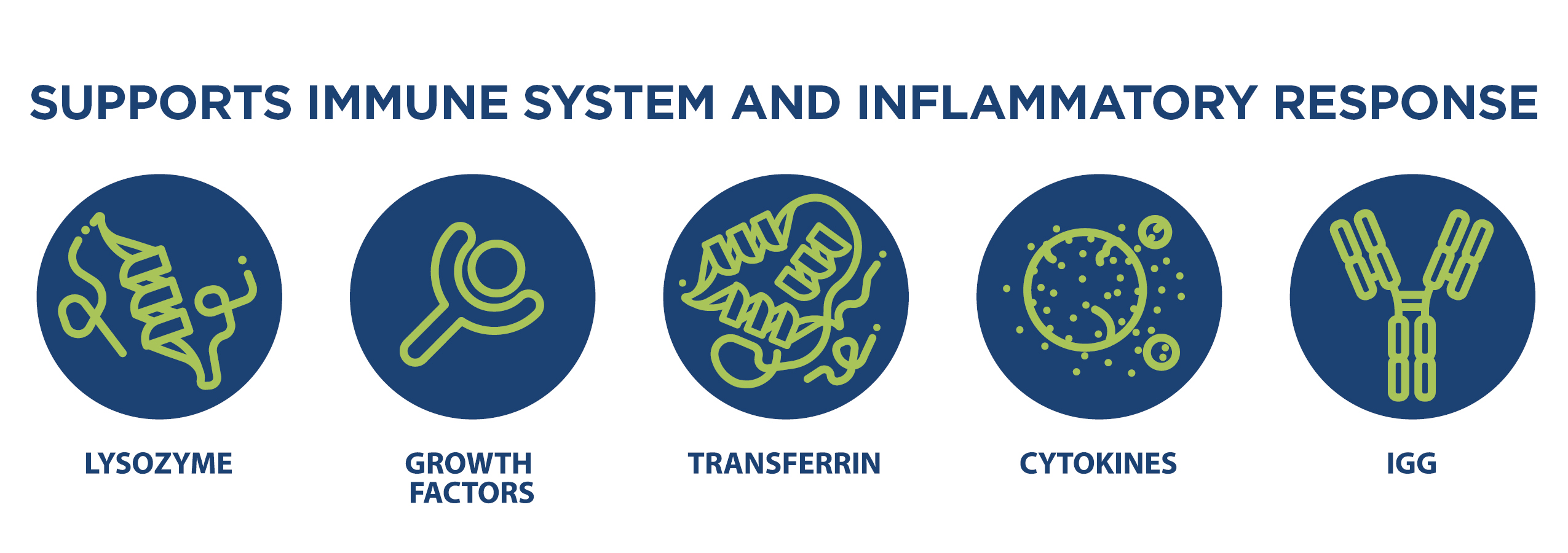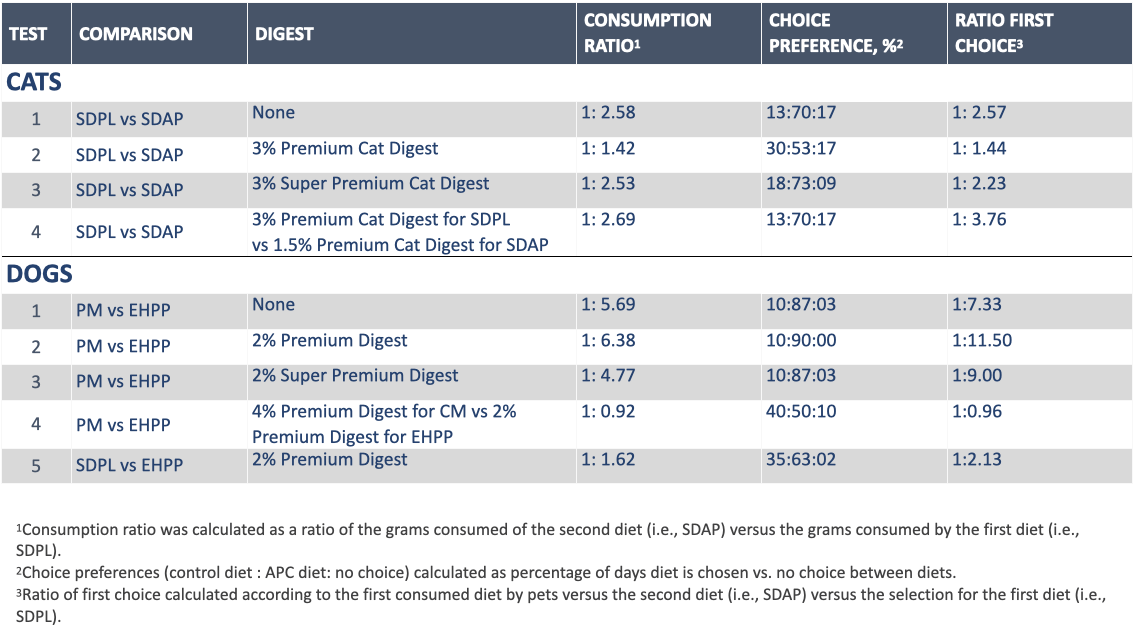Use of SDPP and EHPP as palatants enhancers in dry kibble recipes for cats and dogs

Pets quickly become family members and pet parents want to feed them as such. This is part of the reason why there is a demand for high quality proteins to be added to their food and treats.
APC’s spray dried animal plasma offers a unique solution not only for formulation requirements, but also by providing unparalleled health benefits including immune support and digestive health while positively impacting muscles, joints, skin, and coats with visible results. APC’s plasma derived ingredients offer demonstrated benefits for pets at every life stage.
About plasma
Spray Dried Animal Plasma (SDAP) is a dry powder rich in functional proteins obtained from blood collected during the harvest of healthy animals destined for human consumption. The method of production involves the separation of red cells from plasma followed by the high temperatures and pressure of spray drying, resulting in a homogeneous powder that has been used in animal nutrition as a functional ingredient since the 1980s.
How plasma works
Plasma has multiple actions on animals, but in simple terms, oral consumption of plasma helps the immune system respond to challenges more quickly and efficiently. The effects of plasma are systemic, meaning it affects all immune systems and has a broad and sustained effect on efficiency of the total body immune systems response to stress.
Spray dried animal plasma in pet food
Spray dried animal plasma (SDAP) is a preferred binder in wet pet food due to its high protein concentration, excellent water-holding capacity, emulsifying properties, and gel strength when heated above 80 ºC. SDAP is a well-recognized functional ingredient used in food for humans, pets, and farm animals with more than 600 peer reviewed publications recognizing the health and nutritional benefits associated with its inclusion in diets. Also, SDAP is a highly palatable ingredient for our pets, especially cats.
Key Benefits:
- Improves water holding, gelling, and emulsification
- Improves palatability
- Energy savings in the extruder
- Supports a healthy immune response
Enzymatically hydrolyzed plasma protein (EHPP) has 85% of proteins below 10,000 Daltons and contains highly digestible peptides, free amino acids, and bioactive peptides that maintain most of the functional health benefits associated with SDAP.
We speculated that the EHPP may improve the palatability of recipes for pets. Therefore, our objectives were to investigate the palatability of SDAP when included in dry kibbles recipes for cats and to determine if the inclusion of EHPP in recipes for dogs improved the palatability of the final kibble when using various quality digests that were added externally to the kibbles. Furthermore, we evaluated the palatability of both plasma ingredients compared to spray dried poultry liver (SDPL).
Study 1
In study 1 utilizing cats, 4 different palatability tests were conducted adding 2% SDAP in cat dry kibble recipes replacing 2% SDPL in the control recipes. The other ingredients used in both recipes for each treatment were from the same batch and manufacturing conditions were similar for all recipes. In the first test, no external digest was used. In the second test, 3% premium digest based on chicken by-products was added to both recipes. In the third test, 3% super premium digest based on chicken and pork by-products was added to both recipes. In the fourth test, the control recipe containing 2% SDPL had 3% premium digest, while the 2% SDAP recipe used only 1.5% of the same premium digest.
Study 2
In study 2 utilizing dogs, 5 different palatability tests were conducted adding 2% EHPP in dog dry kibble recipes, replacing either chicken meal (CM; test 1 to 4) or 2% SDPL (test 5) in the control recipes. The other ingredients used in both recipes for each test were from the same batch and manufacturing conditions were similar for all recipes. In test 1, no external digest was used. In test 2 and 3, 2% premium digest based on chicken by-products, or 2% super premium digest based on pork and chicken by-products was added to both recipes, respectively. In test 4, 4% premium digest was added in the control recipe but only 2% in the EHPP recipe. In test 5 both diets, EPHH and SDPL contained 2% premium digest. All digest used in both studies were manufactured by specialized European producer.
For all palatability studies, a two-consecutive day preference study was performed using either dogs (n=30) or European shorthair cats (n = 30) at a commercial research facility located in Holland. The dogs were different breeds, ranging from small size Badgers to large size Labrador Retrievers, but most of the dogs were medium size Beagles, Cocker Spaniels or Fox Terriers. Dog body weight ranged from 5 to 25 kg and age ranged from 3 to 11 years. The cats were European Shorthairs ranging from 3 to 8 kg body weight and 1 to 10 years of age. The same quantity of both test diets was offered each day at the same time and first choice and daily consumption were recorded on both days. Choice preference of the diet was defined as the dog or cat choosing to eat more in a day by a set criterion and then the percentage of days for the respective diet chosen was calculated. For each day if consumption differences between diets were less than the designated amount, no choice was noted.
Results
Results indicated that SDAP added to cat or EHPP added to dog kibble recipes improved palatability parameters (consumption ratio, choice preference and ratio first consumption) and the improvement observed was independent of the digest quality used externally on the kibbles. In addition, SDAP and EHPP were able to replace spray dried poultry liver in the recipe, a well-known palatability enhancer for pets. Furthermore, the inclusion of SDAP or EHPP in the dry kibble recipes before extrusion may allow for reduced use of external digest depending on the formulation. Therefore, the fact that the inclusion of the plasma products in the cat or dog recipes allowed for a 50% reduced use of the external digest without reducing the palatability is of significance.
Conclusion
In conclusion, SDAP and EHPP can be used in dry kibble recipes for pets to improve palatability regardless of the digest quality used.



